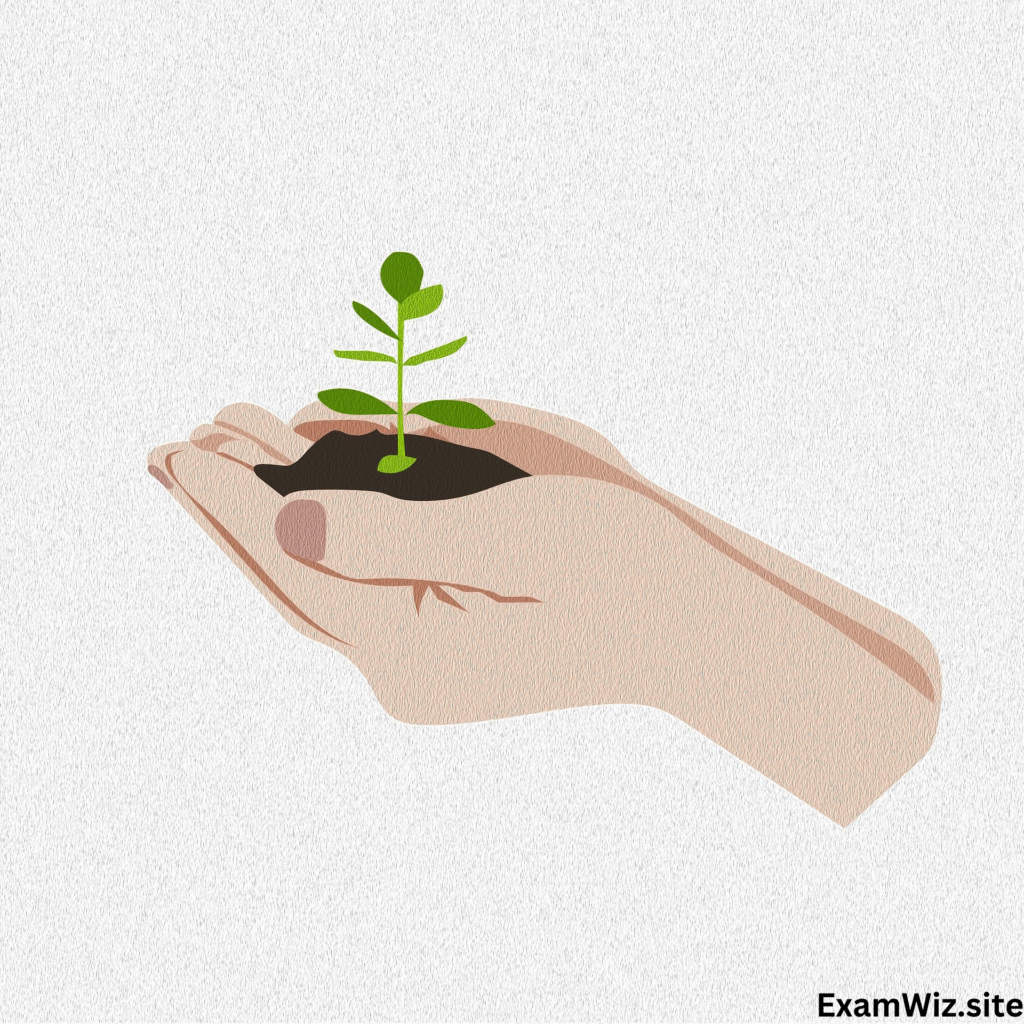Understanding the composition and condition of soil is essential for anybody working in agriculture, landscaping, building, or environmental science. A soil test is useful in this situation. Various soil properties, including pH, nutrients, and pollutants, may be ascertained by soil analysis, sometimes called a soil test. The need for reliable soil testing has increased dramatically due to the growing awareness of sustainable agriculture and environmentally conscious practices.
This article covers all the bases regarding soil testing, including why it’s important, how it works, the advantages, and how to interpret the findings. If you’re here because you typed in “soil exam,” it’s because you want to know how to improve soil performance, ensure environmental compliance, or increase plant growth. Read on for all the details you need, regardless of your reason for being here.
How Does a Soil Test Work?
In order to assess the characteristics and condition of soil, a soil exam necessitates the systematic collection and laboratory analysis of soil samples. These tests are necessary because:
-
In terms of agriculture, specifically in calculating fertilizer requirements
-
Evaluate the setting
-
Site preparation
-
Gardens and outdoor space planning
Among its many applications are the identification of soil nutrients, the detection of toxicity levels, the assessment of physical characteristics (such as texture and moisture content), and the detection of shortages. This data is critical for managing soil, planning crops, and using available acreage.
Why Is It Crucial to Do a Soil Test?
The findings of a soil test provide light on more than simply the potential plant life on a certain plot of land. Its importance is emphasized by this:
1. Growing More Food Is the First Benefit
By revealing nutrient excesses or deficits, soil testing aids farmers and agriculturalists in optimizing fertilizer use. Greater agricultural yields are the result of this more effective use of resources.
2. Encouraging Sustainable Behaviors
Excessive use of fertilizers and pesticides may lead to soil deterioration and pollution of groundwater. Consistent soil testing enables more precise application of fertilizer, leading to less pollution.
3. Promotes the Expansion of Land
The drainage capacity, load-bearing capacity, and general appropriateness of the soil for building buildings should be determined by a soil test before construction begins.
4. Protects Gardens
Soil testing may help landscapers and home gardeners determine the ideal pH and nutrient levels for their plants, allowing them to cultivate healthier plants.
Various Soil Analysis Methods
Depending on your needs, you may choose from a variety of soil testing methods. Most typically used ones are these:
1. Assessment of Dietary Needs
Nitrogen (N), calcium, magnesium, sulfur, phosphorus, and potassium are among the important elements that may be found with this approach.
2. Testing the pH of Soil
The nutrient availability is affected by the soil’s pH. A pH between 6.0 and 7.5 is ideal for plant growth. You may find out which plants need what soil pH by testing the soil.
3. Evaluation of Composition and Texture
In order to determine whether the soil is loam, sandy, or clay, one may examine the proportions of the three primary soil components: sand, silt, and clay.
4. Screening for Contaminants
Soil testing for heavy metal, pesticide, and petroleum residues is done for environmental and safety concerns, especially in industrial and urban regions.
5. We Next Look for Signs of Moisture and Drainage
Understanding the soil’s ability to store and release water is crucial for agricultural irrigation and building designs.
Guidelines for Conducting a Soil Test
A professional soil tester is an option, but you may also utilize a home soil test kit. Usually, these are the procedures:
1. The Method of Sampling
-
Collect samples from different places to get a representative sample.
-
Make sure to keep the instrument free from any contaminants and clean.
-
To collect soil samples for gardening or farming, dig 6-8 inches below the surface.
2. Packaging and Labeling
Put soil into a container provided by the lab or into a clean plastic bag. Document any pertinent information, including the sample’s depth and location.
3. Report from the Laboratory
Only a qualified soil testing laboratory should be contacted for the sample submission. Another alternative that yields results instantly is digital soil test kits.
4. Results Interpretation
Take a look at the nutritional levels, pH, and any other issues that you uncover. Furthermore, several labs provide recommendations for soil amendments.
The Best Places to Get a Soil Test Done
Several methods exist for analyzing soil samples:
-
For a reasonable fee, farmers and gardeners may have their soil tested at any number of university extension offices.
-
Soil testing done by private laboratories yields detailed results and recommendations.
-
You may get soil testing kits for do-it-yourself projects at garden centers and on the internet.
Tips for Search Engine Optimization of Soil Examination Content
If you manage a blog, firm, or instructional website about soil examinations, here are some search engine optimization tips to help your site rank better:
1. Use the Aforementioned Keywords
Of course, be sure to use relevant long-tail keywords like:
-
Local soil testing services
-
The Ultimate Garden Soil Test
-
Methods for conducting a soil test
-
The soil test’s price tag
-
An analysis of a soil testing kit designed for home use
2. Create Instructional Materials Disseminate Practical Guides Such As:
-
“How to Interpret the Results of Your Soil Exam”
-
“The Top 5 Soil Testing Errors”
-
“Top Fertilizers Determined by Soil Test Findings”
3. Make Use of Visual Aids and Photos
Displaying charts that show pH levels, nutrient ranges, or the soil testing procedure increases engagement and dwell time.
4. Keep Content Up-to-Date
If new methods and testing resources are released, make sure to update your material to stay current.
5. Implement SEO for Local Results
Those who offer soil testing services can benefit from using geo-targeted keywords like “agriculture lab near [location]” or “soil exam in [city]” in their online marketing campaigns.
Costs Associated With Soil Tests
The soil test cost might be affected by the necessary analysis’s depth and scope:
-
Affordable, basic soil testing kits: $10 to $30
-
A sample typically costs $20 to $50 to have tested in a lab.
-
Prices range from $100 to $300 or more for comprehensive tests that include advanced metrics and pollutants.
Before you pay, verify that the lab is legitimate.
Reasons to Do Soil Tests Regularly
You can’t rely on just one soil test. The following long-term advantages are provided by frequent testing, which should be done annually or every few years:
-
Observe how the soil’s condition changes over time.
-
Make note of how much better the amendments are.
-
Look for signs of pollution or malnutrition early on.
-
Maintain the optimal soil conditions for specific plant and crop varieties.
The Following Are Examples of Typical Blunders That Should Never Be Made When Conducting a Soil Exam:
-
Gathering samples following fertilization
-
Making use of unclean tools or storage areas
-
Forgetting what the lab said
-
Collecting data from a particular site
-
Testing at the incorrect season (spring and autumn are best)
Concluding Remarks
Anybody who works with soil, whether on a personal or professional level, needs a soil exam. Effective land management, from gardening and landscaping to building and agriculture, depends on knowing the properties of your soil. A comprehensive soil test may provide information that can improve yields, reduce costs, and save the environment.
The soil test is one of the best investments you can make in the success of your project, whether you’re preparing the ground for a new structure or organizing your next planting season.
